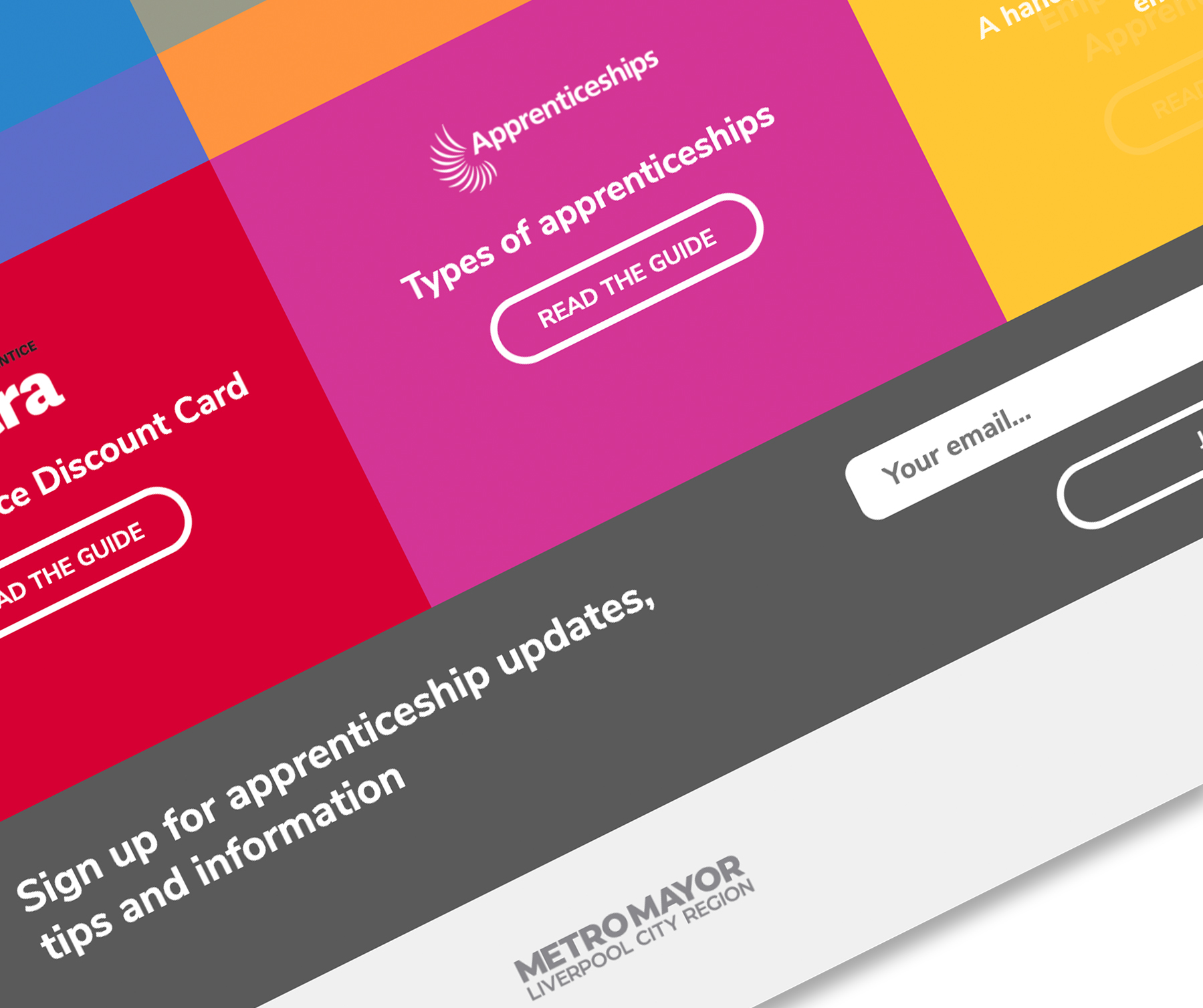FIVE THINGS YOU SHOULD KNOW ABOUT APPRENTICESHIP STANDARDS

As most of us involved in the world of apprenticeships know, by August 2020, all Apprenticeship frameworks are scheduled to have been replaced by Apprenticeship standards. Many have already been replaced.
It’s useful to consider what the main differences are between Apprenticeship frameworks and Apprenticeship standards. Here they are:
1. Apprenticeships standards have been designed by employers for employers.
Apprenticeship frameworks are, in essence, a list of competencies that apprentices work to achieve. Sector bodies representing different industries originally developed these frameworks. They were geared towards the apprentice achieving a work-based qualification rather than developing the critical skills needed to do a particular job.
However, it is employers who have designed Apprenticeship standards. Employers have an in-depth understanding of which skills are needed to do a particular job. So they are well-positioned to shape a programme that delivers job-specific skills.
2. Apprenticeship standards training is linked to job role, not qualification.
While frameworks were designed around the achievement of a vocational qualification, Apprenticeship standards instead focus on apprentices developing the skills, knowledge and behaviours required to do a particular job. Employers are more involved in their apprentices’ training and progress, which enables apprentices to develop the right skills and approach to work. So companies acquire the skills set they need in their workforce.
3. Apprenticeship standards assessment happens at the end of the programme when apprentices are assessed to see if they have reached the required standard to do their job effectively.
Apprentices on standards have their skills, knowledge and behaviours assessed at the end of their apprenticeship with an end point assessment carried out by an independent third party, not their training provider. Once the apprentice approaches the end of their Apprenticeship, the employer and training provider, together with the apprentice themselves, come to a joint decision as to whether the apprentice is ready for their end point assessment. If they are, they enter what is known as the Gateway. Here, they receive additional support to prepare them for their end point assessment.
This is different from the old frameworks. On a framework, apprentices have a portfolio of evidence regularly assessed by an assessor from their training provider. The evidence demonstrates they have covered the units in their qualifications. There is no end point assessment.
4. Standards allow for Maths and English to be delivered by external specialist agencies.
Whereas achieving a certain level of Maths and English skills is part of both frameworks and standards, under standards, training providers can bring in external organisations to deliver programmes in these subjects. In this way, apprentices have access to specialist tutors, support and the latest resources.
5. On standards, apprentices must spend 20% of their time training off the job.
On an Apprenticeship standard, the apprentices must spend 20% of their working time undergoing off-the-job training. This time is spent developing skills so they can carry out their job correctly. They may undertake this off the job training offsite at a college or training centre, but it may also take place at work. However, if it takes place at work, it cannot form part of their typical working day. So in the workplace, off the job training may constitute work-shadowing and mentoring, attending webinars, workshops, online training or classes delivered on-site by the training provider. Basically, any form of skills development that takes place separately from their usual workplace activity.
For further information on what constitutes off the job training, or on any aspect of Apprenticeship standards, please contact a member of The Hub team [email protected]